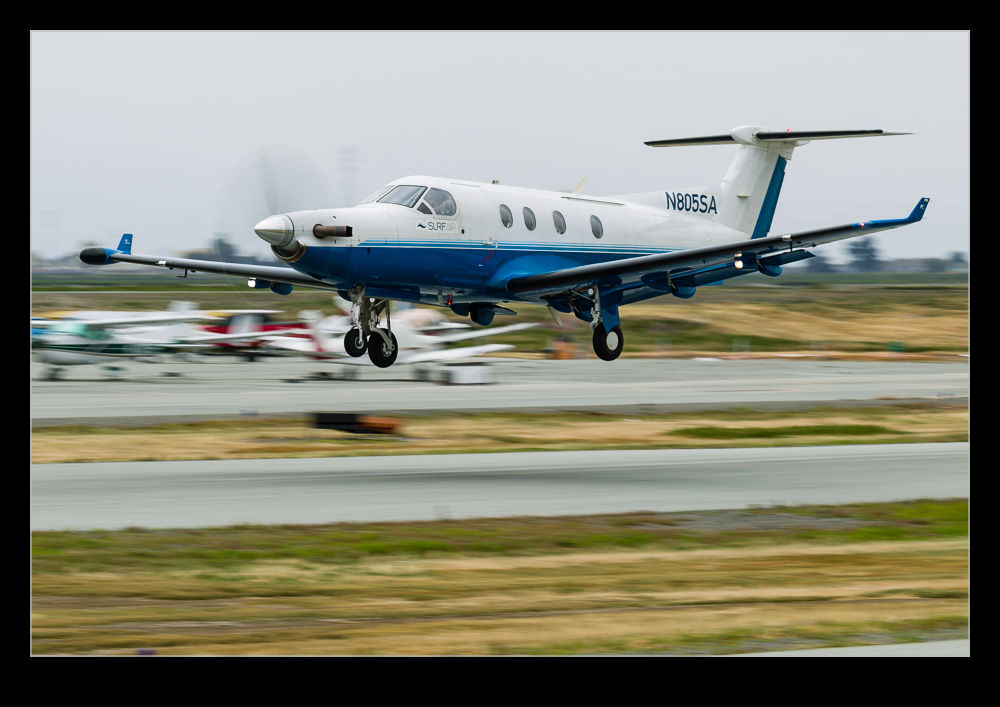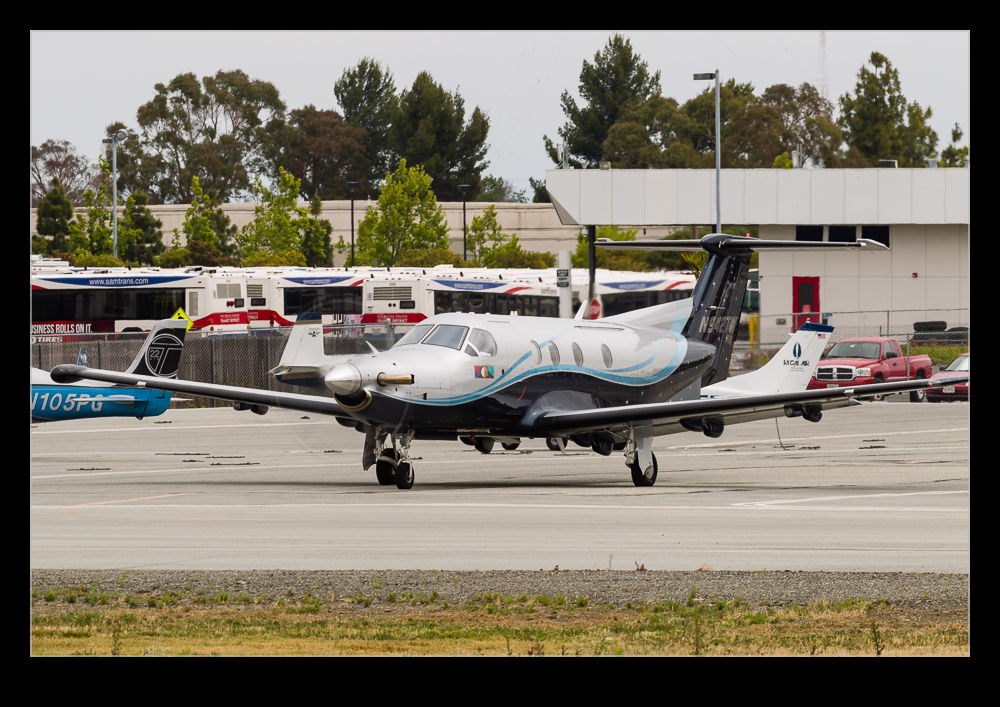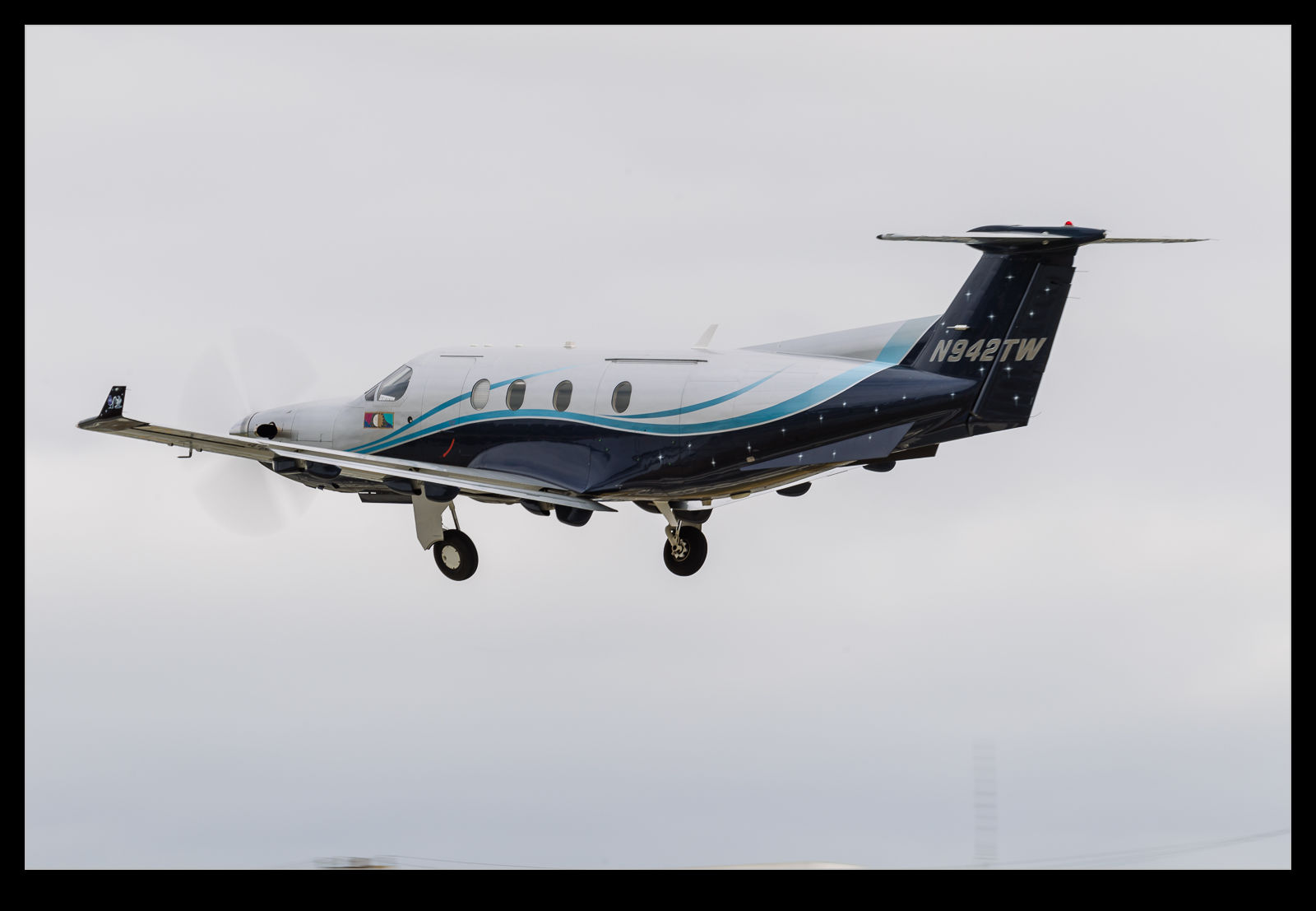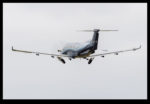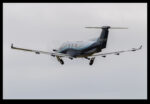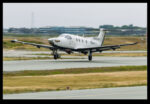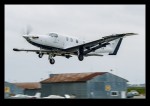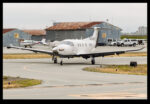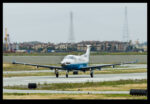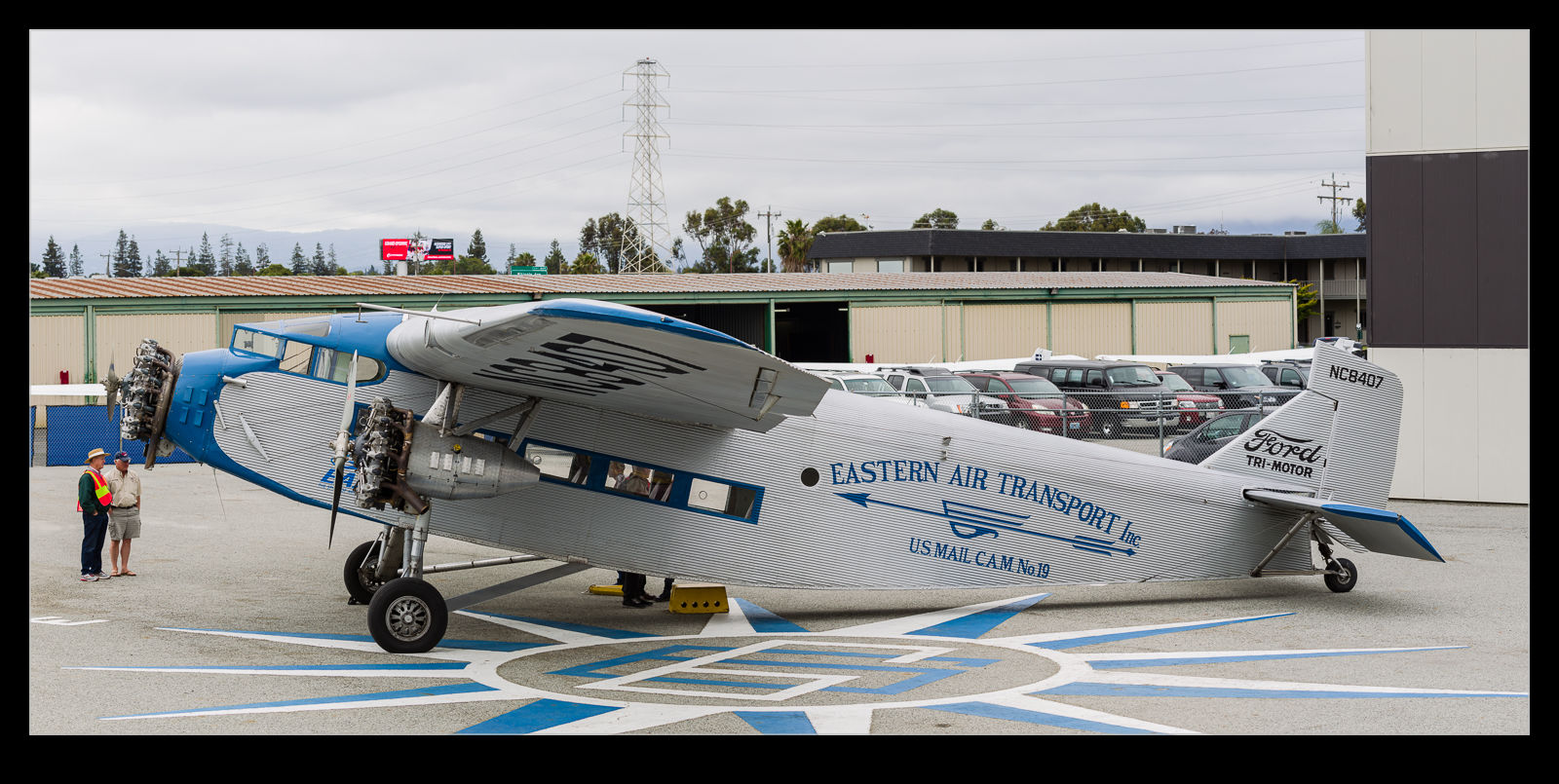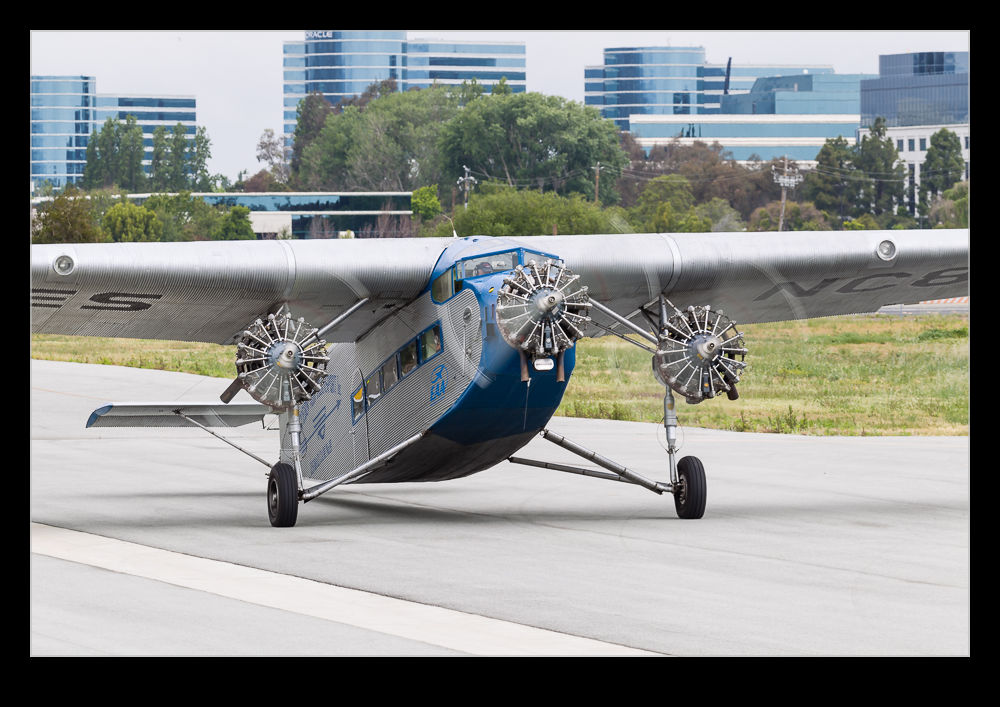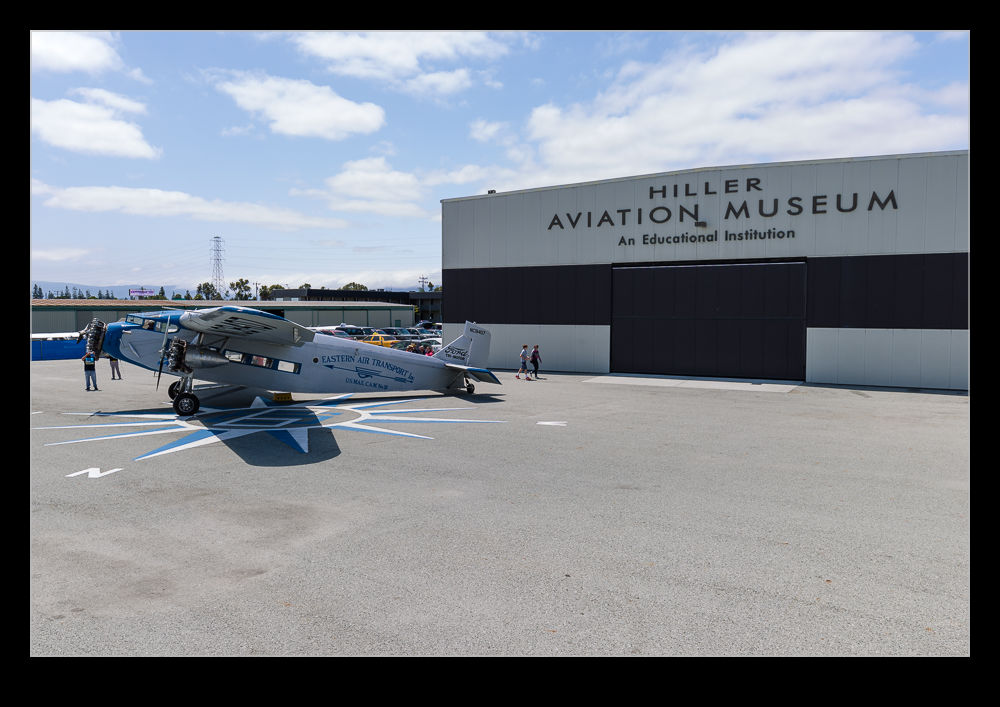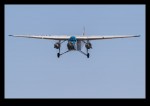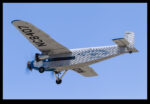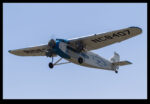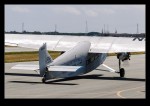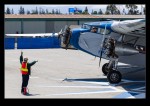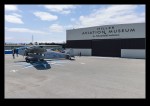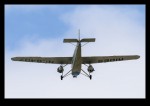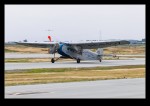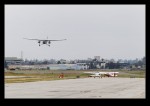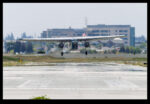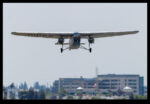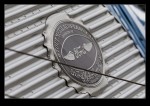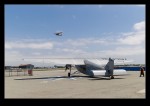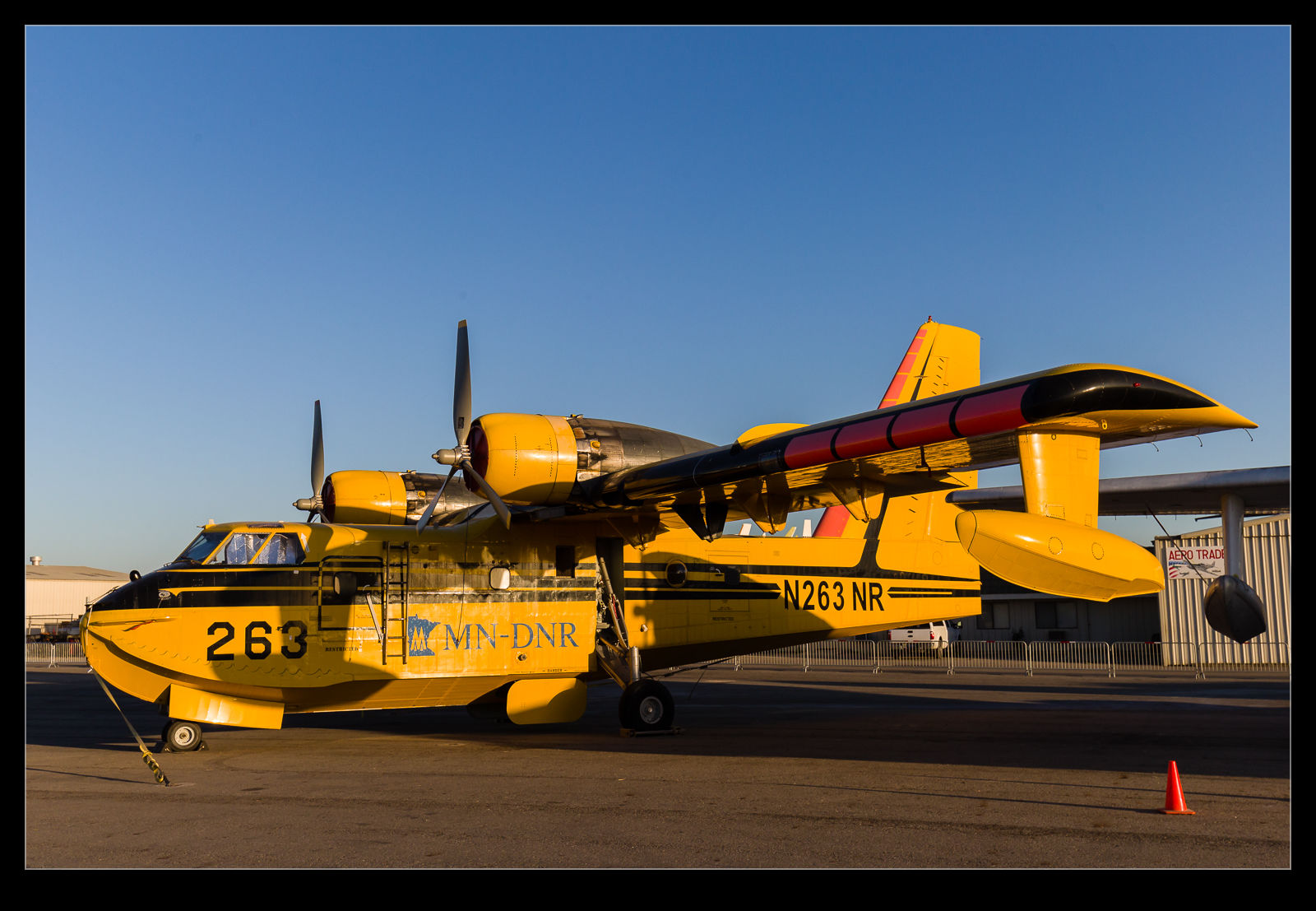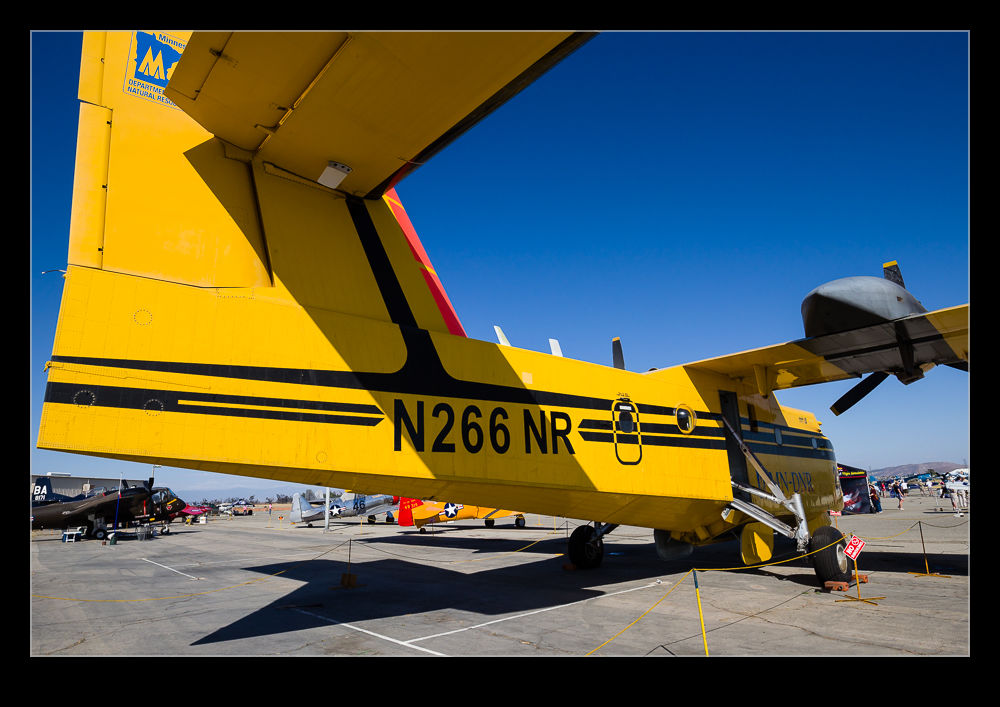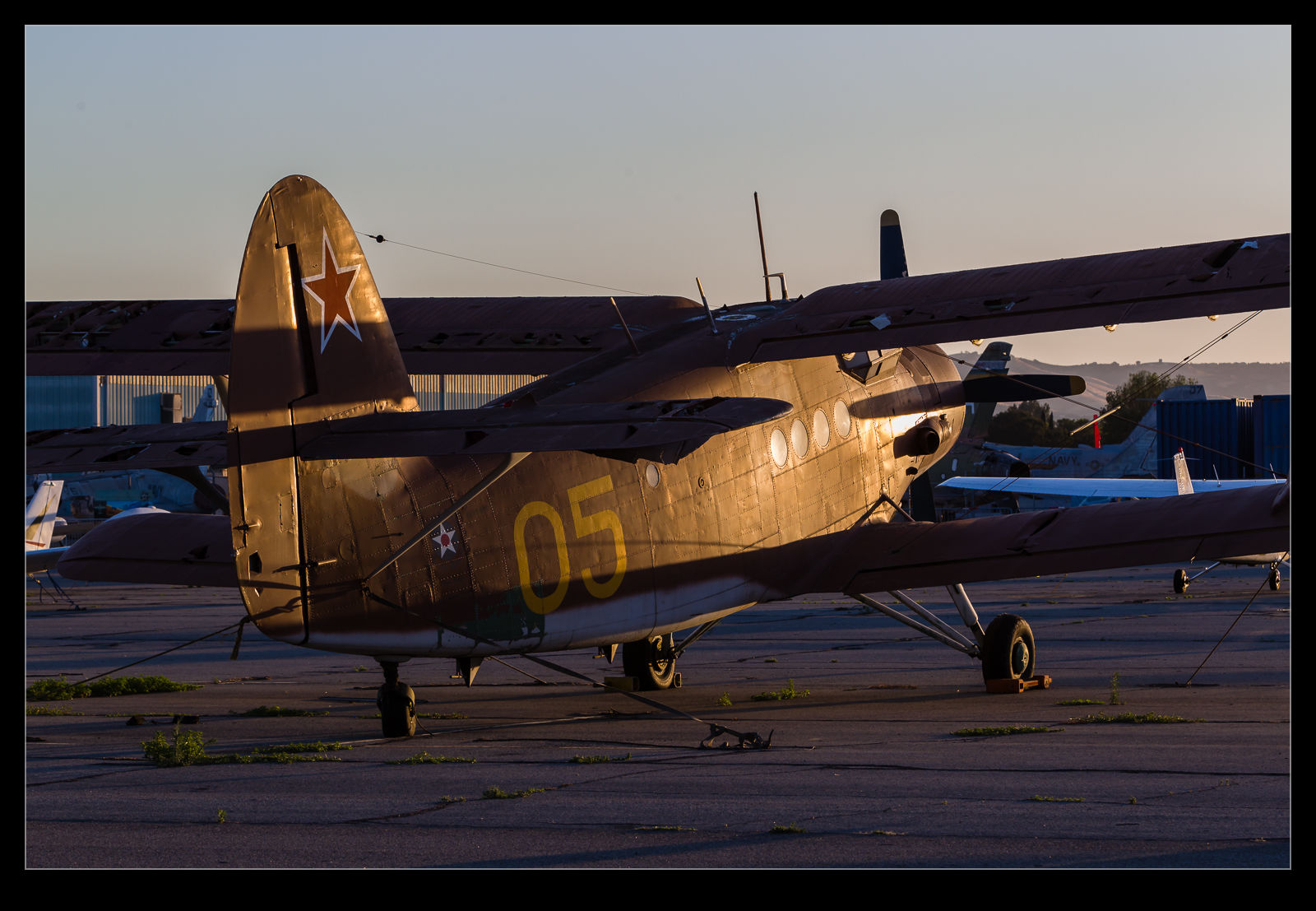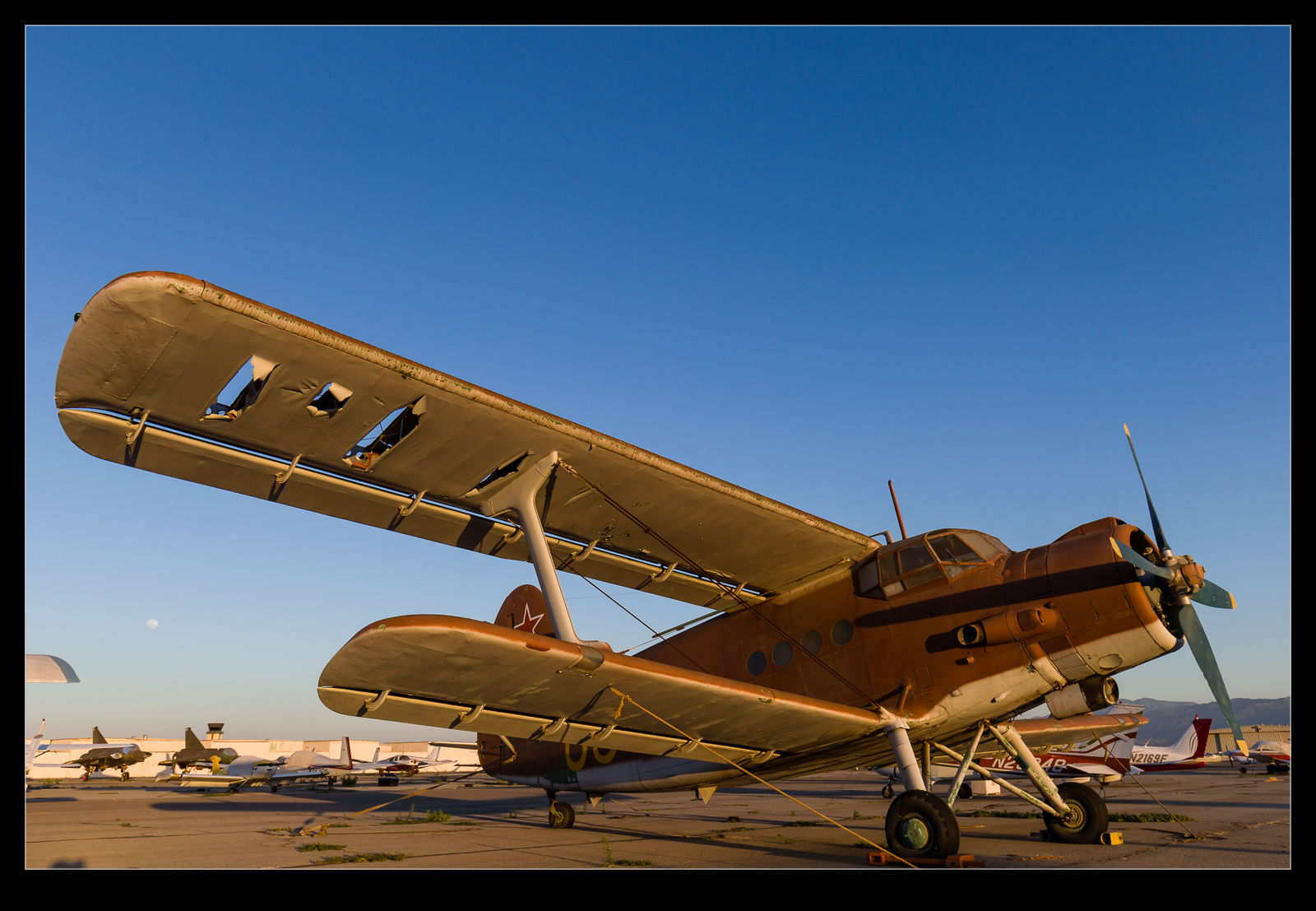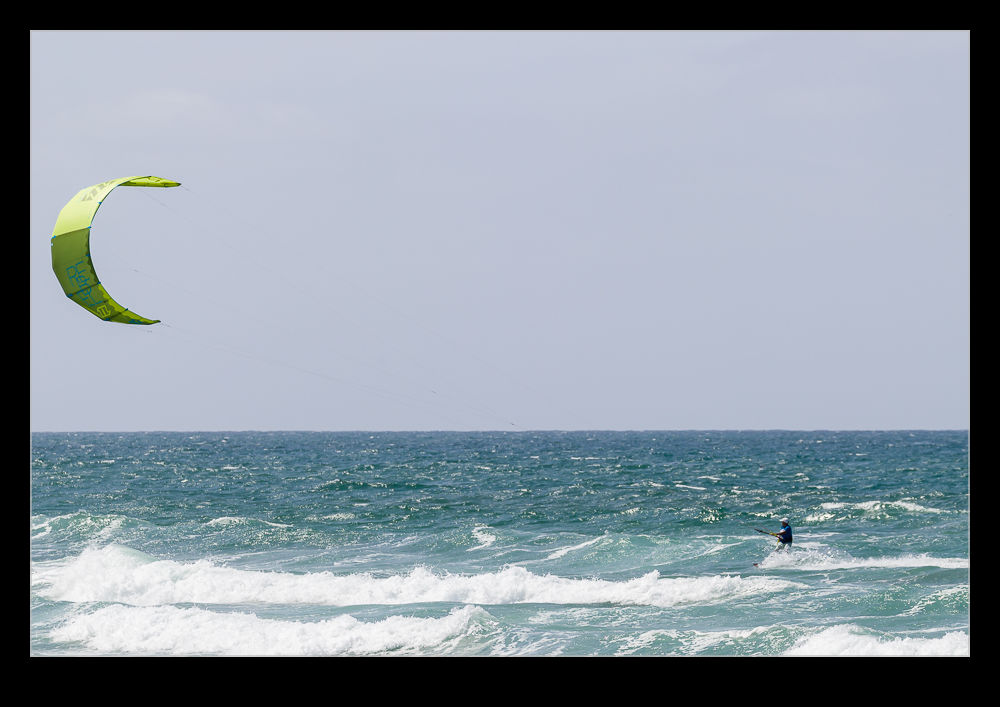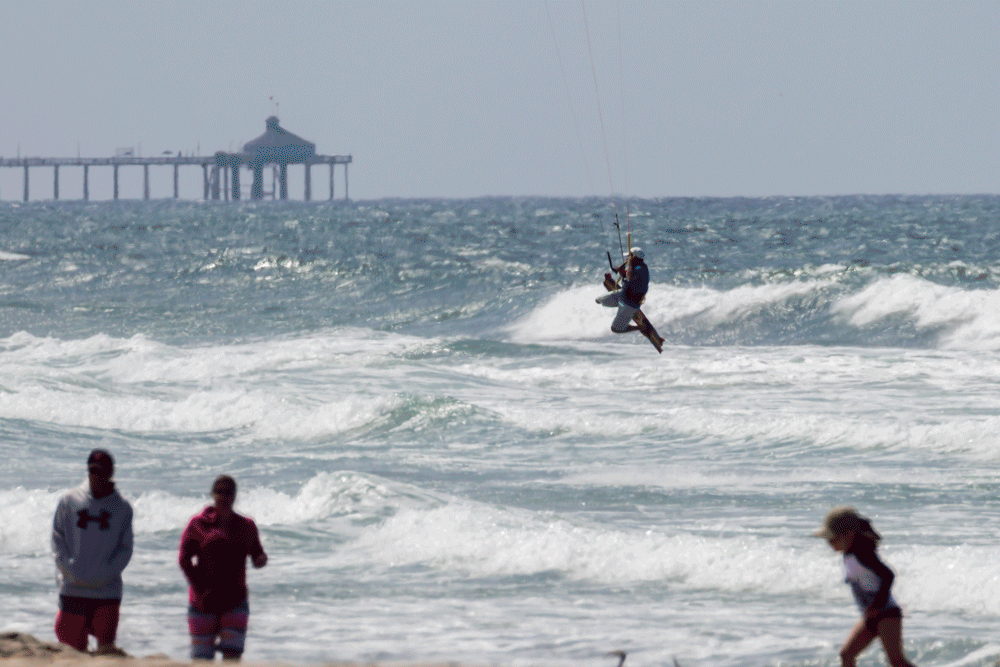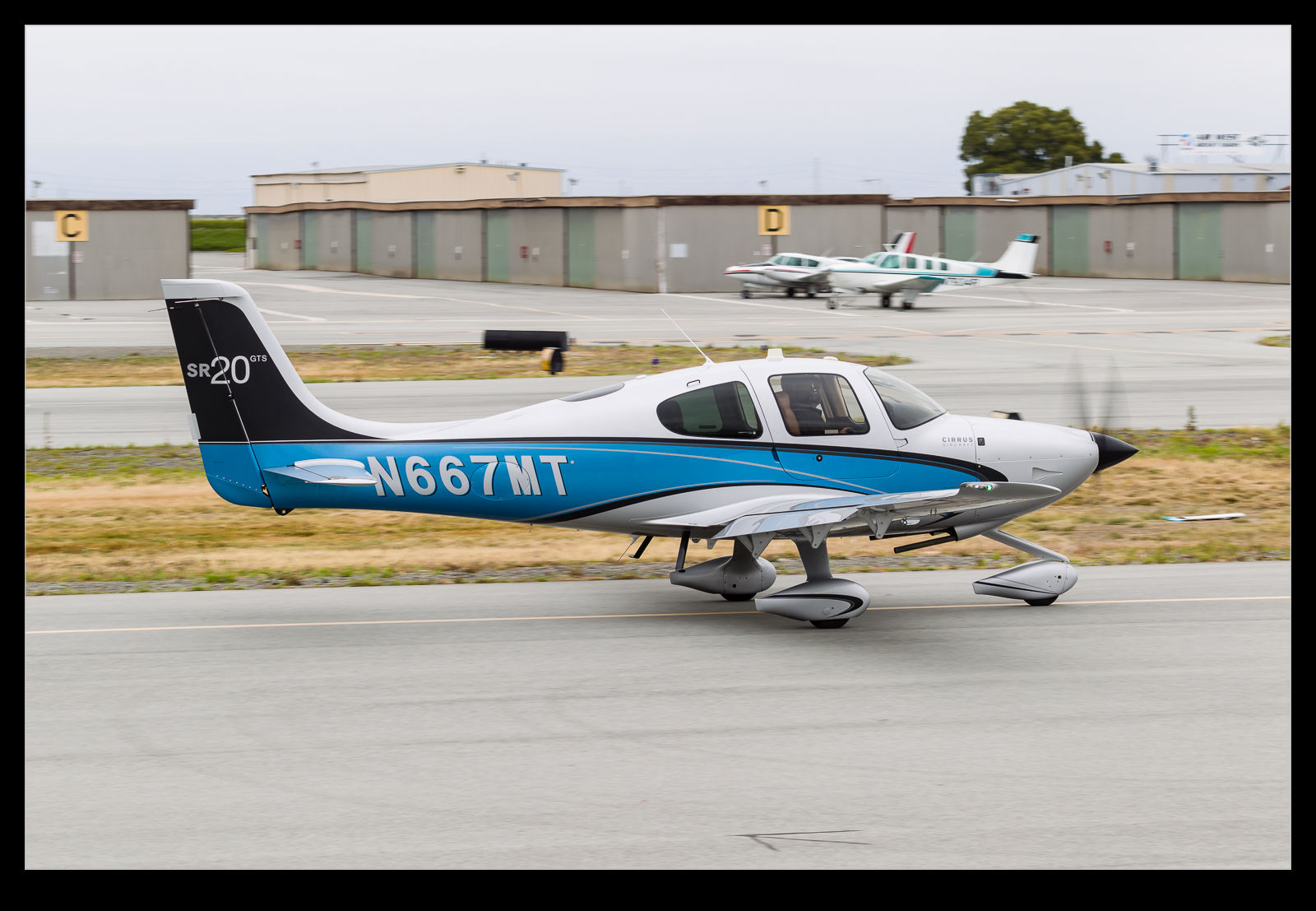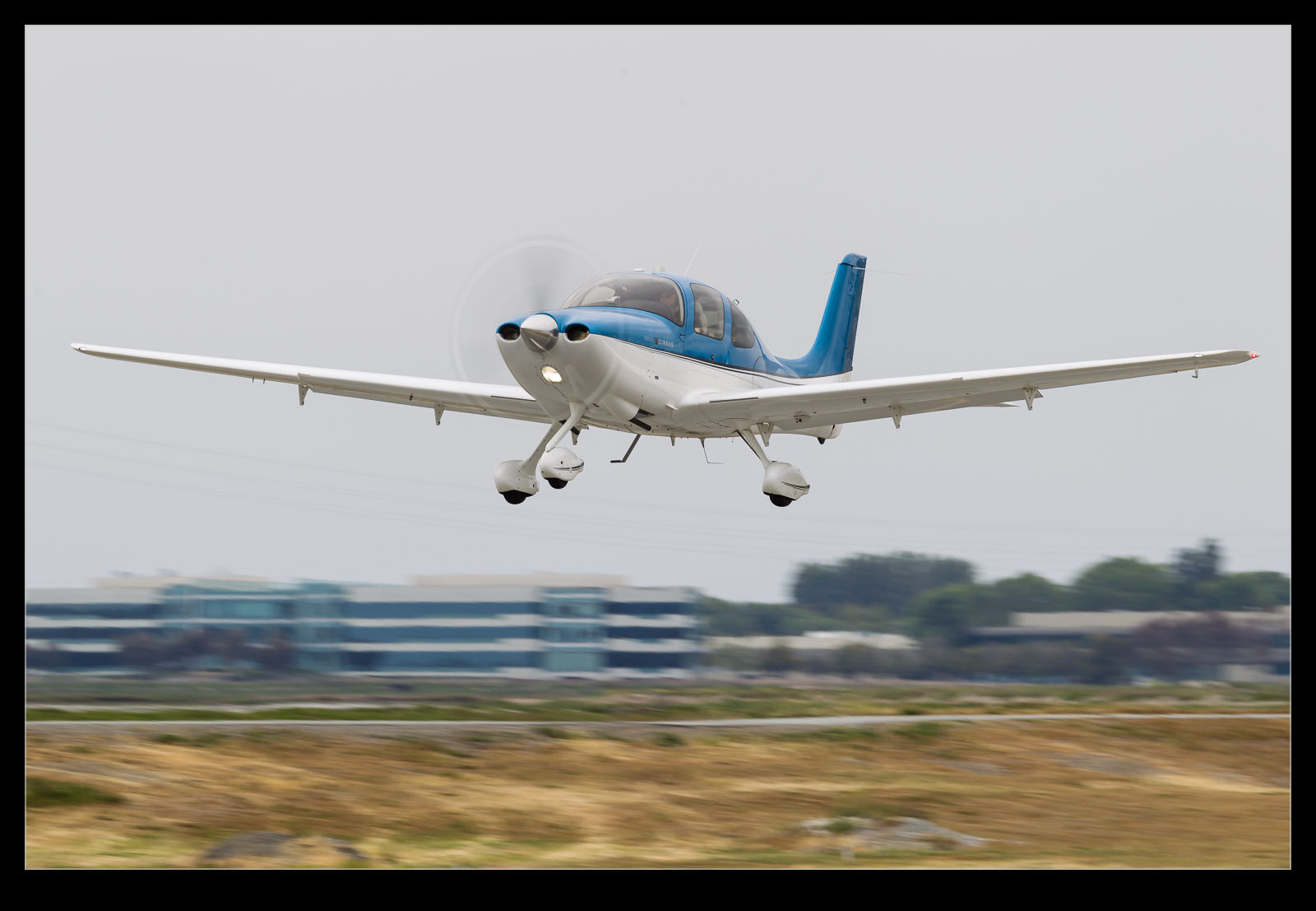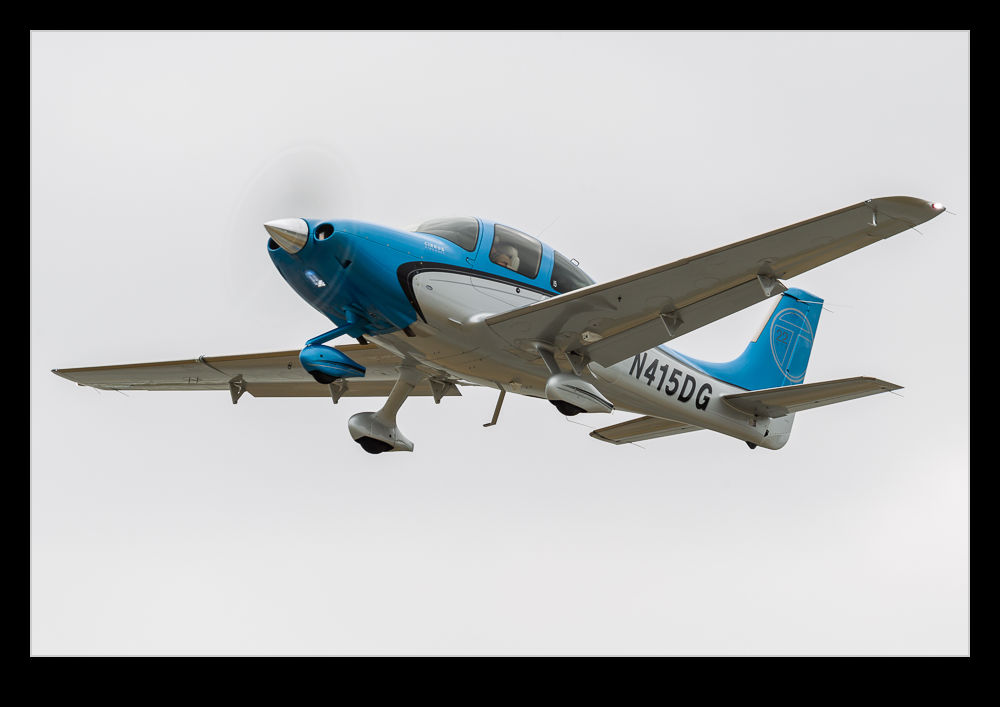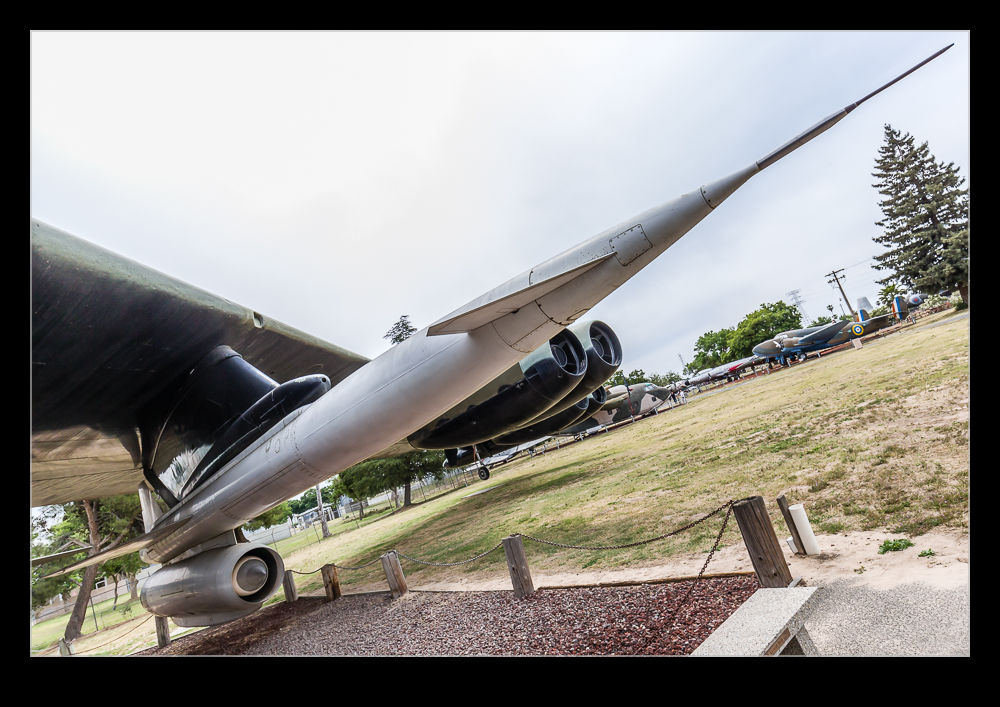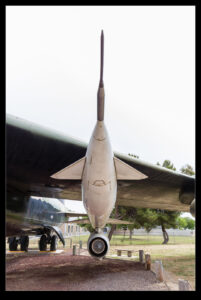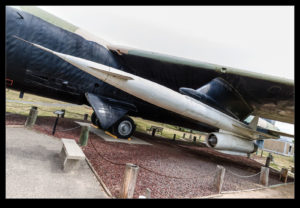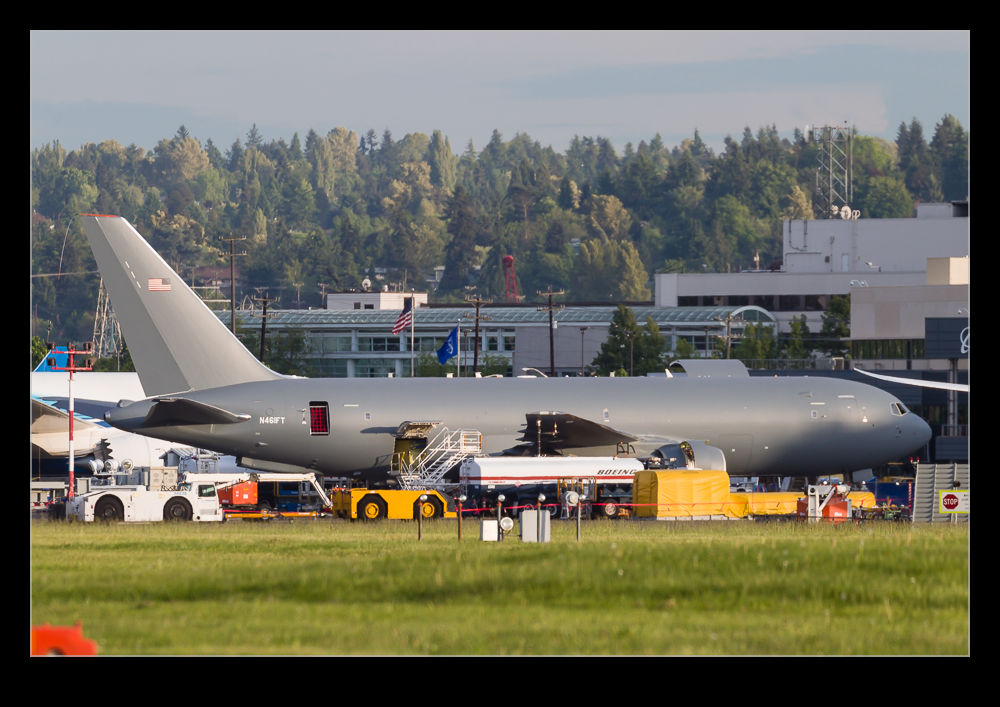 Time for something colorful. Our trip to San Diego included a visit to the San Diego Zoo. Recognized around the world, this is a high quality zoo with a wide variety of animals. They seemed to be investing heavily in new enclosures for the animals which is something I appreciate a lot. The more exotic creatures are not the subject today. It is a bird and a distinctive one at that. Flamingos are a curious looking bird. Their color comes from their food so I assume the zoo has to make sure they get the right stuff to keep them looking pink. No one is going to be excited by a dull looking flamingo!
Time for something colorful. Our trip to San Diego included a visit to the San Diego Zoo. Recognized around the world, this is a high quality zoo with a wide variety of animals. They seemed to be investing heavily in new enclosures for the animals which is something I appreciate a lot. The more exotic creatures are not the subject today. It is a bird and a distinctive one at that. Flamingos are a curious looking bird. Their color comes from their food so I assume the zoo has to make sure they get the right stuff to keep them looking pink. No one is going to be excited by a dull looking flamingo!
 As a kid, there was a Flamingo park not far from where I lived. Consequently, I have never thought of them as exotic – just interesting. I did spend some time watching them though. The shape of their head and beak is unusual and the way they balance, rest and feed makes them worthy of some time. One day I would like to see them in the wild because they must look even better in flight!
As a kid, there was a Flamingo park not far from where I lived. Consequently, I have never thought of them as exotic – just interesting. I did spend some time watching them though. The shape of their head and beak is unusual and the way they balance, rest and feed makes them worthy of some time. One day I would like to see them in the wild because they must look even better in flight!

